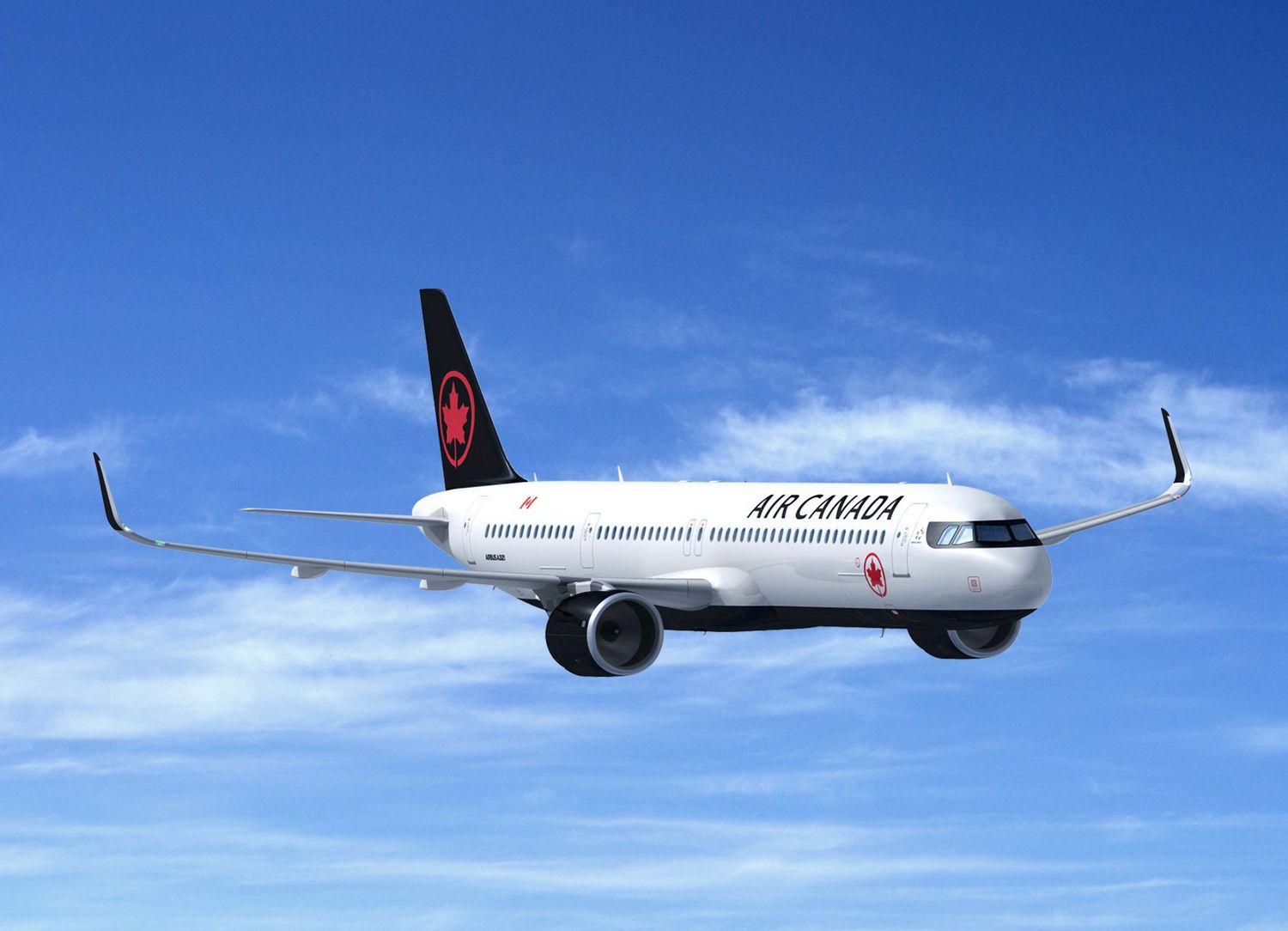Air Canada presented its growth strategy during Investor Day 2024, highlighting the central role of the Airbus A321XLR in connecting Canada with South America more efficiently and strengthening its global network. The airline aims to establish itself as a leader in international connectivity, with plans to reach CAD 30 billion in annual revenue and improve profitability by 2030.
The Airbus A321XLR, one of the cornerstones of Air Canada’s fleet modernization, will enable connections between Toronto and Montreal and destinations in South America that currently lack direct flights or are served by larger-capacity aircraft. This ultra-long-range aircraft, which consumes 30% less fuel than the A321ceo, will open new routes to lower-demand markets with higher frequencies and reduced seasonality.
Among the planned routes, Lima, in Peru, stands out as a destination currently served only by Air Canada Cargo with its Boeing 767-300F aircraft. With the A321XLR, Lima could gain regular passenger flights, enhancing connectivity between Canada and South America with lower operational costs.
Additionally, the flexibility of the A321XLR will allow for strengthened offerings to other South American cities and complement existing flights operated by A330-300 and Boeing 787 Dreamliner aircraft to destinations such as Bogotá, Buenos Aires, São Paulo, and Santiago de Chile.
During the presentation, Air Canada emphasized that the A321XLR is a strategic tool to optimize its network, increasing frequency on moderately demanded routes and entering new markets, such as Dakar, Senegal.
The airline projects 7-8% annual revenue growth, driven by a 5-6% annual capacity increase (ASMs). This growth will be supported by leveraging sixth freedom connections, using Toronto, Montreal, and Vancouver hubs to capture a greater share of traffic between the United States and international markets.
Fleet modernization
The introduction of the A321XLR, alongside the Boeing 787-10, Airbus A220, and 737 MAX, is part of an integral fleet modernization plan. The fleet will grow from 347 current aircraft to over 400 by 2028, with more fuel-efficient planes and lower maintenance costs.
The Boeing 787-10 will bring 30% more premium seat capacity and 25% more cargo capacity, while the A321XLR will optimize transatlantic and medium-haul routes in niche markets, such as connections between Canada and South America.
Air Canada plans to enhance the passenger experience by introducing fast and free Wi-Fi across its fleet by 2026, upgrading cabins, expanding premium lounges, and providing digital solutions to simplify travel.
The airline will also increase its premium cabin capacity by 24% in business class and 20% in premium economy, positioning itself as a leader in the premium travel segment in Canada.
The Aeroplan loyalty program, relaunched in 2020, plays a key role in Air Canada’s strategy. Membership has grown significantly, driving spending on flights and additional services. Aeroplan not only enhances travel recurrence but also generates additional revenue through redemptions and partnerships with international partners.
Financial management and projections through 2030
Air Canada plans to achieve an adjusted EBITDA margin of 18-20% and free cash flow close to 5%. Additionally, it will maintain controlled capital investments below 12% of revenue and reduce leverage to less than 2x. The company also commits to returning value to shareholders with a share buyback program that will reduce the total number of shares to less than 300 million by 2028.


Comentarios
Para comentar, debés estar registrado
Por favor, iniciá sesión